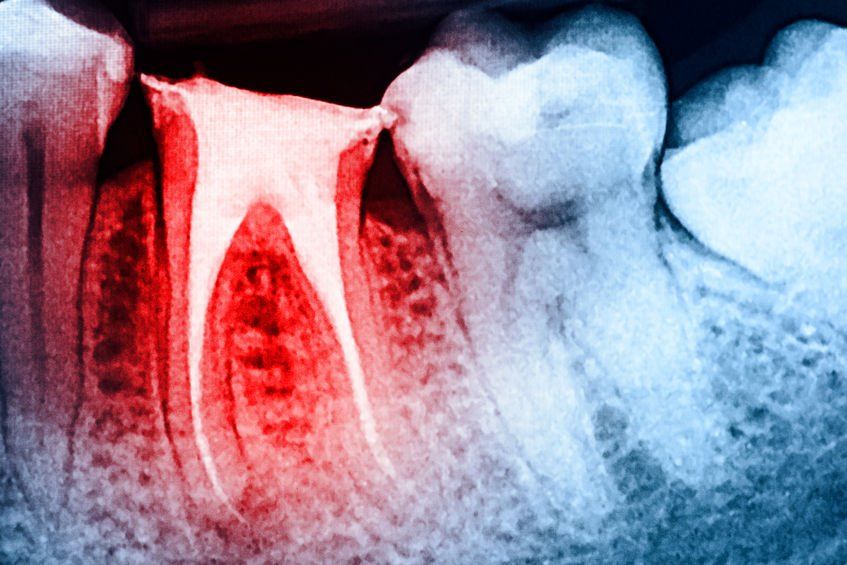Tips For Dealing With Tooth Sensitivity
- By Mary Marks
- •
- 18 Jul, 2018
- •

If you have problems with tooth sensitivity, start by visiting your dentist. Dental sensitivity is typically caused by eroded enamel (which leaves the dentin exposed) or the exposure of some areas on the surface of the roots. However, in some situations, pain or discomfort may have other causes: dental caries, a fractured tooth etc. A dental exam will clarify your diagnosis and exclude any other cause.
Tooth sensitivity treatment varies depending on severity of the lesion and clinical circumstances, and may include:
Using desensitizing toothpaste
There is a multitude of toothpastes created specifically for sensitive teeth. They must be used for a longer time to be fully effective, although you should notice some improvements after a few applications.
Fluoride gels
Fluoride gels help strengthen enamel and reduce pain. Usually, more sessions are needed to relieve tooth sensitivity symptoms.
Bonding
If desensitizing toothpastes and fluoride gels do not help, yourmay decide to apply fluid composite resins to sensitive teeth areas. These substances are designed to seal exposed dentinal canals, thus relieving pain.
Gingival graft
If dental sensitivity is caused by the exposure of a wider area of the root due to a process of gingival retraction, your doctor may suggest a gingival graft.
Devitalizing the tooth
If dental sensitivity causes intense pain and all treatment methods prove to be rather ineffective, the Colorado sedation dentistry can also recommend devitalizing the tooth by performing an endodontic treatment followed by root canal obturation.





Although oral sedation dentistry Highlands Ranch is one of the optionsavailable for managing anxiety and discomfort during oral surgery, you certainly do not need to use it all the time. As a matter of fact, the exact type of sedation or anesthesia that you receive during oral procedures may depend on various factors, such as the complexity of the procedure, your medical problems, as well as your doctor’s preferences.
There can be several different levels of sedation that can be used in oral surgery. Local anesthesia is one of them. This involves injecting anesthetic medication into the specific area where the surgery will take place. It numbs the area and is often used for less invasive procedures.
Oral sedation involves taking medication in the form of a pill to induce a state of relaxation and drowsiness. The patient is still conscious, but he/she may not be fully aware of the procedure. At any rate, sedation helps him/her get rid of anxiety.
In the case of intravenous sedation, medication is administered through a vein, which induces a deeper state of sedation than oral sedation. Patients may still be conscious, but they are less aware of their surroundings and may not remember the procedure.





